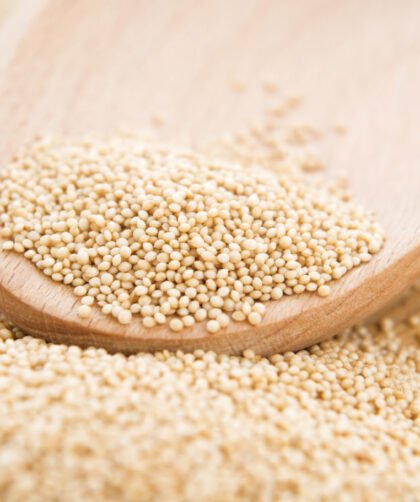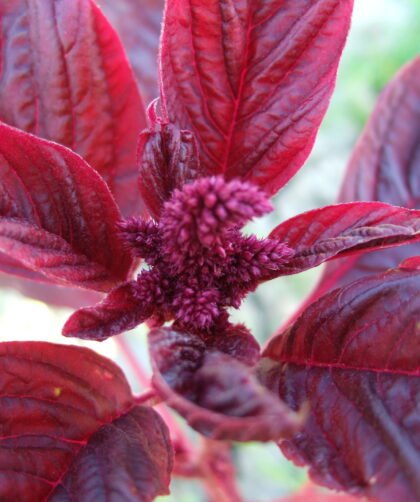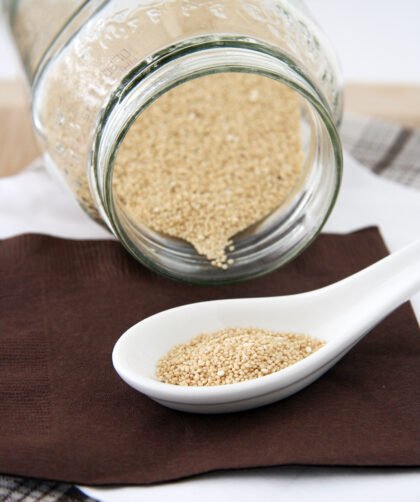Amaranth is responsive to nitrogen and phosphorous. Plants grown in average garden soil will be four-feet to six-feet tall, while those grown in rich soil or compost may reach over eight feet. Optimum soil is a well-drained loam but both plants will do well in all but poorly aerated clay soils.




